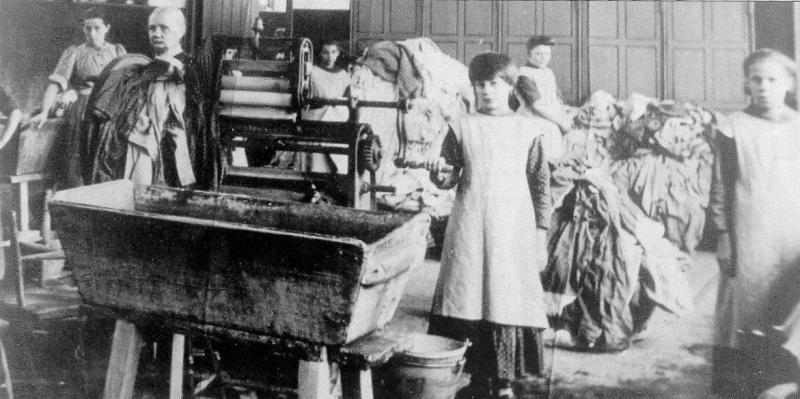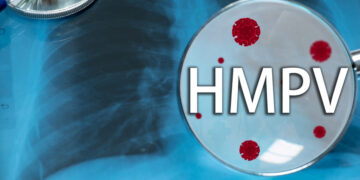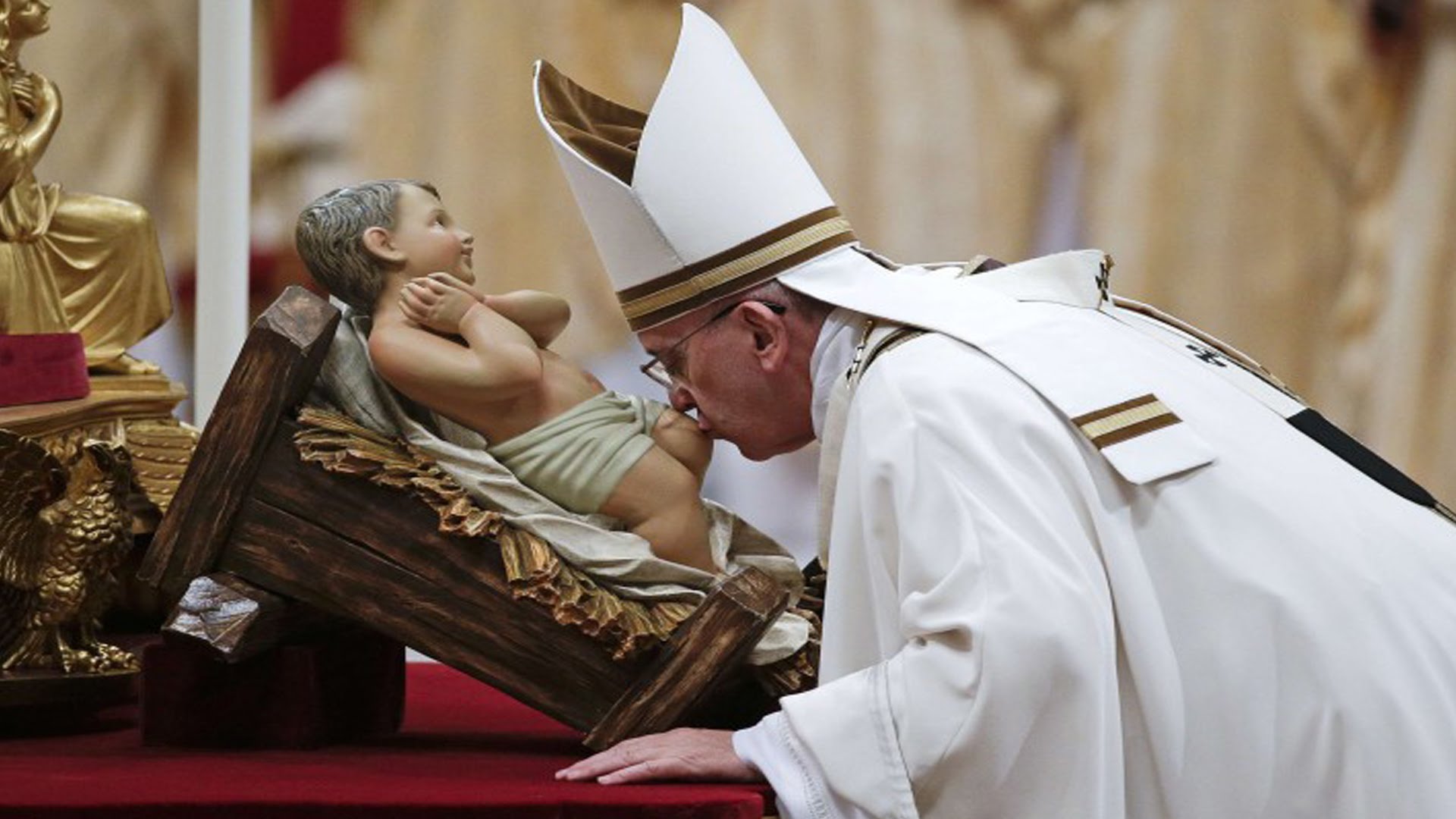3 Magdalene Asylums

Based on their ultraconservative notions about sexuality, the Catholic Church imprisoned women suspected of prostitution or promiscuity in Church-run institutions known as the Magdalene asylums. Initially, women were committed to the asylums to receive pseudo-psychiatric “treatment” for alleged sinfulness or promiscuity. Many women were sent to the asylums by their own families.
Occurring mainly in Ireland, the imprisoned women were forced to do slave labor, mostly related to washing clothes, for seven days a week. Of course, the Church was getting paid for the work, since the laundries were operated for a profit. The imprisoned women endured horrific beatings, poor food, and sexual abuse. It has been estimated that as many as 30,000 women were forced into the Irish laundries.
The asylums operated in Ireland from the 18th to the late 20th century, but they didn’t become a matter of public debate until 1993, when 155 bodies were uncovered in a mass grave in North Dublin. The asylum authorities had buried the women in secret, without telling their families or even the authorities that they had died—none of the 155 women had a death certificate.
In 2013, the Irish authorities agreed to pay at least $45 million in compensation to the survivors after the United Nations Committee Against Torture urged the government to make the situation right. The Catholic Church has yet to apologize.
2 Nazi Ratlines

At the end of World War II, many Nazi war criminals attempted to flee Europe to avoid prosecution. In at least some cases, they received help from senior Catholic clergymen. In December 1944, the Church allowed a bishop named Alois Hudal to visit Nazi prisoners held in Allied internment camps, presumably for religious purposes. However, Bishop Hudal instead used his position to help a number of Nazi war criminals flee to safety.
Hudal helped to set up escape routes known as “ratlines,” allowing wanted Nazis to flee to relative safety in South America. He used his position in the Church hierarchy to obtain travel documents from the Vatican Refugee Organization. A number of senior Nazis were actually given Vatican state passports, which allowed them to disguise themselves as priests.
One of the Nazis who Bishop Hudal helped escape was Franz Stangl, who would remain at large until 1967, when he was arrested in Brazil. Stangl was then extradited to West Germany and convicted of overseeing the mass murder of 900,000 Jews.
Meanwhile, a group of Croatian priests operating out of a Catholic seminary college in Rome would set up an escape route now known as the San Girolamo ratline. Led by Father Krunoslav Draganovic, the organization was initially founded to help members of the Utashe escape Europe, but its operations soon expanded to include German Nazis like Klaus Barbie.
At least 9,000 Nazis escaped to South America after the war. The extent to which the Church as an institution helped them to do so remains controversial. The historical consensus is that Hudal and Draganovic acted without the Vatican’s knowledge or approval, but historians have also argued that the Church could have done more to ensure its refugee program wasn’t exploited by fleeing war criminals.




































Discussion about this post